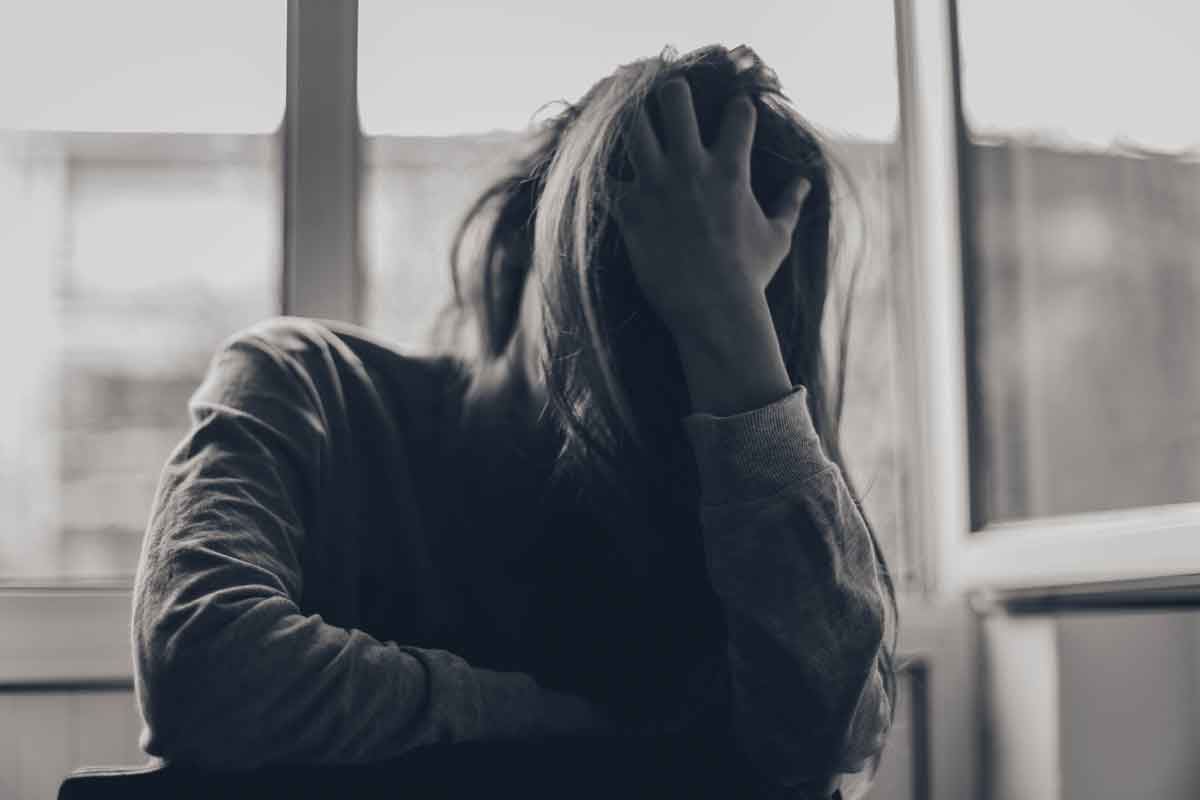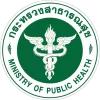Is the perfect storm of pain and depression sending you into a spiral? Like Lady Gaga, understanding how these conditions are biologically linked and what treatments have been most effective can help you start down the path back to a healthier, happier life.
When you are experiencing both pain and depression, it can be difficult to sort out how it all started. You may be asking yourself, “Does the headache make me feel like this? Or did I get the headache because I feel so depressed and stressed?” The pain, both emotional and physical, can feel unbearable, and you may have a hard time just getting through the day.
The inextricable link between our mental and physical states is abundantly evident in the strong relationship between depression and physical pain. Research has shown that the presence of one both increases the risk and severity of the other. However, if you are struggling with pain and depression, there are treatment options that can help.
The Science behind the Intersection of Pain and Depression
According to research conducted by the World Health Organisation, about 1/5 of all primary patients live with chronic pain, and are four times more likely to experience co-occurring anxiety or depression as a result. Similarly, patients presenting with depression tend to report more experiences of pain.
Though scientists are still engaged in research on the exact links between pain and depression, studies have found that the injury sensory pathways of the brain share the same regions as those which control mood. Depression impacts the brain’s ability to organise neurotransmitters like serotonin and norepinephrine, which are critical not just for managing mood, but regulating our response to pain. These changes are also associated with the brain’s reaction to the existence of chronic pain.
The abnormal functioning of neurotransmitters also contributes to the link between depression and pain tolerance. If you find that you are particularly sensitive to pain, this could be another indicator that your pain is linked to depression. Inflammation has also been suspected to be involved in pain and depression, as it is thought to interrupt key signals to the brain.
Physical Pain and Depression: How they Emerge
For those who are first experiencing depression, or have somehow suppressed the mental or emotional symptoms of a depressive episode, the only presenting symptom may be pain. This typically occurs in the form of headaches or backaches that have no clear physical cause. For others, depressive episodes may regularly coincide with increased overall aches and pains, as well as an acute sensitivity to painful stimuli. Pain can come in the form of:
- Headaches
- Eye aches or visual disturbances
- Digestive problems
- Stomach pain or nausea
- Backaches
- Muscle aches
Other people may have pain associated with an injury (such as a slipped disk in the back) or a traumatic event (like a car accident or an assault) that never seems to be fully resolved, and is accompanied by feelings of depression. Common symptoms of depression include:
- Lack of interest in things you once enjoyed
- Depressed or irritable mood
- Sleep problems (insomnia or oversleeping)
- Changes in appetite
- Trouble focusing
- Exhaustion
- Feelings of guilt or hopelessness
- Suicidal thoughts
A Closer Look at Pain and Depression: Lady Gaga Shares Her Experience
Known around the world for her artistic talents, singer-songwriter and actor Lady Gaga has also gained recognition for her candidness around her struggles with mental health and its links to physical wellbeing. She has talked openly about living with depression, and shared the lasting effects of PTSD following repeated sexual assaults in her late teens, including the development of intensely painful fibromyalgia. She explained in an interview with PAPER magazine, “Essentially it’s neuropathic pain: My brain gets stressed, my body hurts.”
Like many suffering from pain stemming from mental health issues, Gaga at first was unaware of the link between the two. In a recent interview with Oprah, she explained that when her physical symptoms became so severe they left her barely able to move, she finally was taken to a hospital where she spoke with a psychiatrist who helped her understand the root cause of her pain. Today, she credits medication as well as dialectical behaviour therapy (DBT) in helping her manage symptoms, and shares her experiences with others to inspire important conversations about mental health and chronic pain.
Getting Relief: Treatment Options for Pain and Depression
Treatments for pain and depression may include the use of medication to manage symptoms, the use of psychotherapeutic techniques, the development of healthy habits, or a combination of these. Psychotherapeutic techniques have long been recognised for their ability to drastically improve symptoms of pain and depression and increase quality of life. Here are some of the most common therapies used to treat pain and depression:
Cognitive Behavioural Therapy (CBT)
Cognitive behavioural therapy remains the best researched therapy for the treatment of pain. Rooted in the idea that thoughts, feelings, and sensations are interconnected, this longstanding form of talk therapy helps people identify and understand patterns of thoughts and feelings, and practice effective coping mechanisms to effectively manage their symptoms.
Dialectical Behavioural Therapy (DBT)
Dialectical behavioural therapy is a type of cognitive behavioural therapy that combines validating a person’s feelings while also cultivating positive change. DBT focuses on learning skills including mindfulness, stress tolerance, emotional regulation, and interpersonal effectiveness. This type of treatment is especially useful for those struggling with controlling their emotional responses, and can help people understand, avoid and manage triggers that can spark an onset of pain and depression.
Relaxation/Wellness Therapy
To counteract the vicious cycle of pain and depression, relaxation or wellness therapy can also be used to help consciously relax the body and mitigate stress-based emotional and physical responses. This therapy focuses on cultivating both mental and physical strength through regular practices such as exercise, mindfulness meditation, yoga, massage therapy, art therapy, and more.
Finding Freedom from Pain at The Dawn

If you’ve been living in a storm of pain and depression, arriving at The Dawn’s depression retreat will feel like stepping into an oasis of calm. The Dawn Wellness Centre and Rehab in beautiful Chiang Mai, Thailand, offers a warm, welcoming environment where you will receive focused, personalised attention to your unique needs. Licensed by the Thai Ministry of Health, our team of Western-trained professionals will work with you from the moment you arrive to create a customised treatment plan addressing all aspects of your condition.
Our Twin Pillars Approach: An Ideal Treatment for Pain and Depression
At The Dawn we have designed our own treatment model known as the Twin Pillars. This innovative approach seamlessly blends the most effective Western psychotherapies with a range of scientifically-proven Eastern wellness practices to achieve holistic healing.
The First Pillar
The first pillar concentrates on a psychological approach to rehabilitate the mind by promoting self-awareness, understanding and personal insight. The programme employs tools such as:
- Cognitive Behavioural Therapy (CBT)
- Mindfulness-based Cognitive Therapy (MBCT)
- Dialectical Behaviour Therapy (DBT)
- Trauma Reduction Therapy (TRT)
- Eye Movement Desensitisation and Reprocessing (EMDR)
- CBT translation of the 12 Steps
The Second Pillar
The second pillar focuses on the mind, body, and soul by using a variety of ancient Asian wellness and holistic therapies such as mindfulness meditation, Yoga, Thai Massage and Visualisation Therapy. We encourage a healthy lifestyle by inspiring physical change through exercise such as swimming, Thai boxing and gym time at our depression retreat. Other holistic therapies offered include art and music therapy. We are ready to help you heal from pain and depression and embrace all that life can be. Call us today to learn more about The Dawn.
Related Posts
 Portrait of Pain: Understanding the Practice of Self-Harm
Turbulent emotions can lead to destructive behaviour when we don’t have the right tools to cope. For some, this can be hurting themselves in an attempt to deal with painful...
Portrait of Pain: Understanding the Practice of Self-Harm
Turbulent emotions can lead to destructive behaviour when we don’t have the right tools to cope. For some, this can be hurting themselves in an attempt to deal with painful...
 A Hidden Pain: Signs of High-Functioning Depression
Depression can manifest symptoms ranging from severe to mild. However, a less prominent form of depression doesn’t mean that it can’t have serious impacts on your life. If you are...
A Hidden Pain: Signs of High-Functioning Depression
Depression can manifest symptoms ranging from severe to mild. However, a less prominent form of depression doesn’t mean that it can’t have serious impacts on your life. If you are...
 Too Close for Comfort: The Damage Caused by Covert Incest
A child’s love for their parents is strong – but what happens when this natural bond is exploited by a parent unable or unwilling to set appropriate boundaries? Survivors of...
Too Close for Comfort: The Damage Caused by Covert Incest
A child’s love for their parents is strong – but what happens when this natural bond is exploited by a parent unable or unwilling to set appropriate boundaries? Survivors of...
 When Depression Results in Anger: Understanding Irritability as a Symptom of Depression
You are irritable, impatient, and frustrated with most aspects of your life. It’s an unhappy place to be, and you would much rather be stress-free and relaxing. So why can’t...
When Depression Results in Anger: Understanding Irritability as a Symptom of Depression
You are irritable, impatient, and frustrated with most aspects of your life. It’s an unhappy place to be, and you would much rather be stress-free and relaxing. So why can’t...





